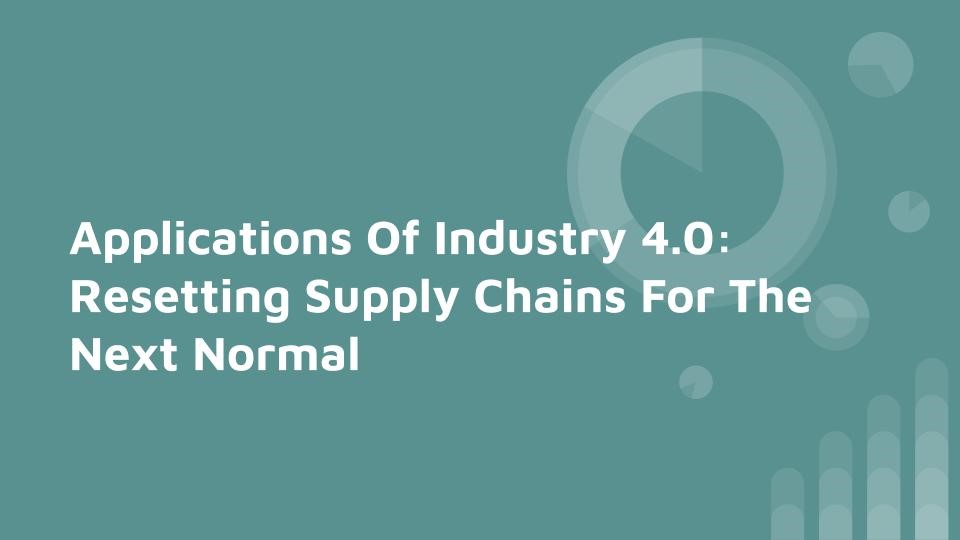
With the majority of us, including industrial engineers and industrial CEO’s working from home during the COVID-19 pandemic , we all received something that we subsconsciously thought about when we were getting up, driving the half an hour to forty minutes to the plant, somewhat dreading that morning meeting, knowing that there were root cause analyses, equipment maintenance, heater changes, and pump changes to be made, and then chugging through once 8 am arrived. That desire to “Work From Home” is also applicable in the industrial realm. Reality eight months ago did not permit us to do this, so we did what we had to do to make production and prepare hopefully for our quarterly bonuses. Fast forward to 2020, and industrial VPN is every plant engineer’s new best friend. The majority of the world doesn’t know what it really means to work from home. Manufacturing from home is also a new trend that we will have to partially embrace. The concept is very new. With time however, we’ve all learned to adjust and are now pretty much in a state where we’re figuring out how best to balance industry and life.
This article is designed to be an industrial survival guide to help you through this period of “rest”. Now that we are transitioning to a flexible work schedule, and a world where cobots will be colleagues, you can actually make the interim an enjoyable one. Your home…is now your haven, your virtual plant, and your entertainment center fused into one. Let’s delve into a few things that you can do to ensure that your work from time at home is highly productive.
- Create a Space For Work: If you have a home office, then work from that space. Identify a way that you can create the formality of the work environment in your home. If you don’t have a home office, you can create one. Utilize a spare table that you have in your home, and simply ensure that you have it primed with accessories like books, your computer, some stationery and work essentials, as well as a comfortable chair. If you want to add a pop of color, add a faux plant. Cacti are particularly good for the desk. Create an ambience of professionalism in your home.
- Set a work schedule, and stick to it: When the work day ends, take the time to do things like go for a walk in your neighborhood, attend your local park (more allowable in suburbs) and take the time to actually defragment. When you’re away from the home, but still close by, it will allow you to give your mind the illusion of a change of scenery. With the evening commute eliminated, you can now use this time to actually do things like exercise. With a clearer mind, you can focus on key strategic visions.
People are an industrial entity’s number one assets. The pandemic will take a while to phase out, and there are some aspects of life that will never go back to normal. With people taken care of, the plant will still have to run, even if people are running it from the comfort of their homes, or working flexible schedules. Physically going to work has the ability to actually allow the mind to focus on work, but at this point in time, our minds are focused on everything. Learning how to compartmentalize will be key. Supply chain management will have to be the primary to operational success. What will have to change is how we work, communicate, and manage our operating systems. Manufacturers who understand and ensure that their systems are operating from a new normal are the ones who will thrive in this economy.
From Short-Term to Major Shift
At this point in the COVID-19 pandemic, as a nation we have had to think more long term than short term. Recent economic and health related shifts over the past two decades, have taught us that we must always be aware of what is happening in our surroundings. Applying principles like Michael Porter’s Five Forces, we can get a feel for where we are as an organization, and manage our supply chains accordingly. For the first time in manufacturing, we are faced with the fact that demand, supply AND workforce availability are affected at the same time. It is the multi-variable problem that we never really anticipated.
Communication in the supply chain is critical to ensuring that there is transparency in the supply chain. In the current global regime where fluctuations exist in the market demand, having key operational plans will be the way that organizations will be able to thrive. Just In Time Operations will no longer be a pipe dream, it will have to be a reality. Having a clear understanding of how the production forecast will be, will ensure that there is an appropriate operational, tactical and even strategic plan in place. With an autonomous supply chain in progress, the relevant systems can communicate with each other, and ensure smooth operations. Process transparency has to be a top priority to ensure success in the supply chain management.
